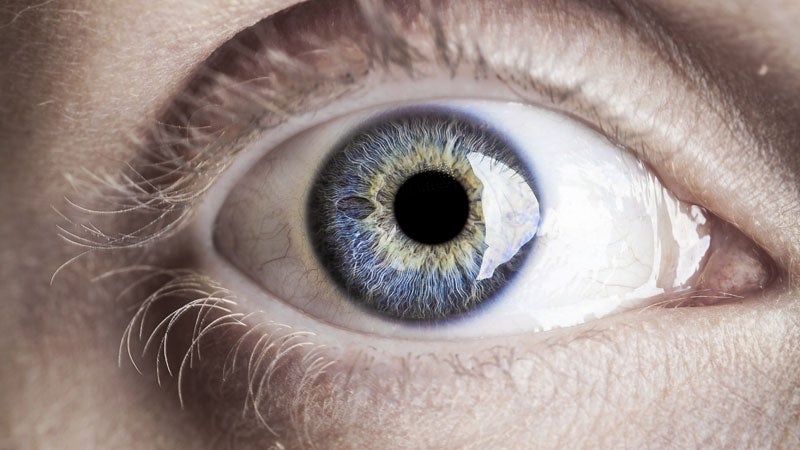In 2010, two British scientists were awarded the Nobel Prize in physics for their?. Since then, the unbelievably strong, light, and temperature-conductive material has been tested for use in everything from . A University of Michigan study is now using the optical capabilities of graphene to create an infrared contact lens.?
Graphene can detect the entire infrared spectrum, as well as visible and ultraviolet light. However, because the material is as thin as a single atom, it absorbs only two percent of that light. That minuscule amount of absorption is not enough to generate an electric signal, which means graphene cannot operate as an infrared sensor on its own.
To combat these restrictive properties, the University of Michigan . Creating an electric field through what they call a quantum tunneling effect, this system actually contains the same sensitivity as a mid-infrared detector. ?The researchers have since been able to put this technology into something the size of penny¡ªor a contact lens.
Although infrared technology makes most people think of night vision and military uses, it has medical applications as well, such as allowing doctors to see blood flow. The outdoor industry hasn¡¯t skipped a beat either:?


